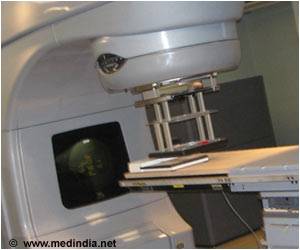Small pieces of genetic material was used to specifically kill cancer cells with common mutation in the KRAS gene.

‘MicroRNAs can be used as important tools for probing complex biological processes, identifying new therapeutic targets and developing potential new RNA-based therapeutics.’





The study, published in Cancer Research, provides new information about KRAS-driven cancers and offers a potential therapeutic target for their eradication.“For decades researchers have tried to directly inhibit KRAS activity, but there are no well-defined binding pockets in the protein that we can target with small-molecule drugs,” said senior author Tariq Rana, PhD, professor of pediatrics at UC San Diego School of Medicine and Moores Cancer Center. “Instead of trying to deter KRAS itself, we took the approach of looking for other molecules that, when inhibited, are lethal to cells only when KRAS is also mutated.”
To do this, Rana and team used microRNAs, small pieces of genetic material similar to DNA. MicroRNAs do not encode proteins. Instead, microRNAs bind messenger RNAs that do encode proteins, inhibiting their translation or hastening their degradation. Normal cells use microRNAs to help control which genes are turned on or off at different times. MicroRNAs tend to be less active in cancer cells.
In this study, the researchers created a library of more than a thousand human microRNA mimics, each with a different sequence and capable of binding different messenger RNA targets.
First, they tested each microRNA on colorectal cells grown in the lab. Half the cells had a KRAS mutation that made the protein more active, as is the case in many cancers. The other half had normal KRAS. The microRNA sequences that killed only the KRAS-mutant cells were then tested again in a panel of lung cancer cell lines with and without KKRAS mutations.
Advertisement
In human lung cancer tissue samples, Rana and team discovered that elevated LAMB3 levels were associated with poorer survival for patients with KRAS mutations.
Advertisement
“This clinical finding suggests LAMB3 could be used as a prognostic biomarker, and underscores LAMB3’s potential as a therapeutic target for KRAS-driven cancers,” Rana said. “What’s more, it highlights miRNAs as important tools for probing complex biological processes, identifying new therapeutic targets and developing potential new RNA-based therapeutics.
Source-Medindia















